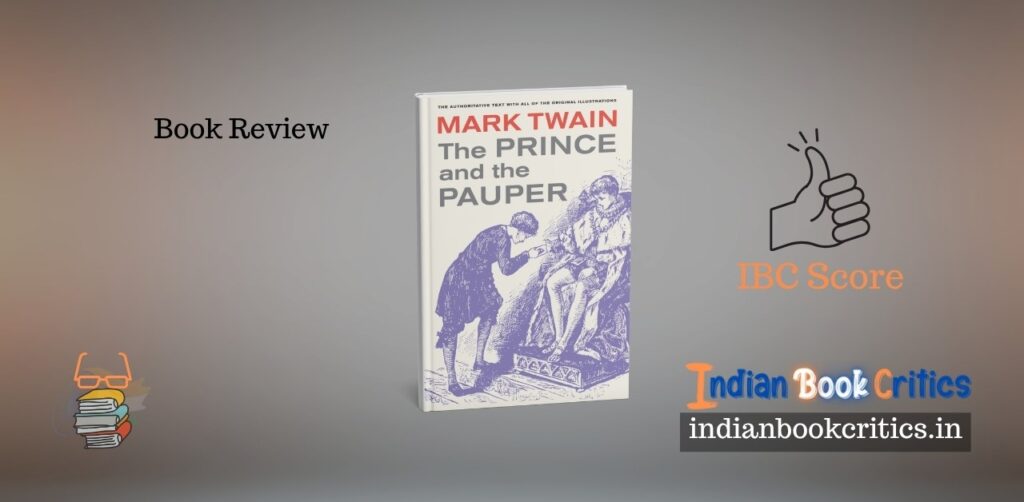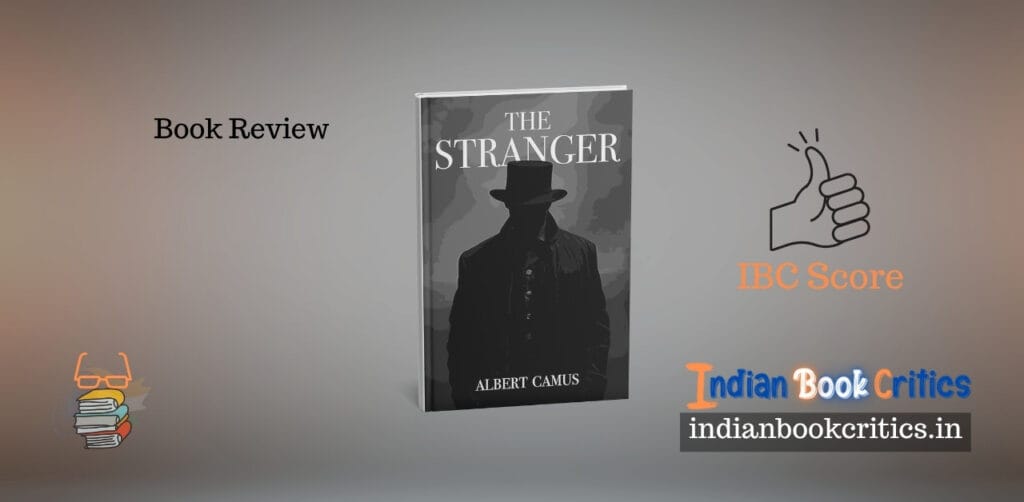Rohinton Mistry’s A Fine Balance stands as one of the most powerful literary achievements of the late 20th century. This novel captures the fragility of human dignity against the backdrop of India’s 1975 Emergency with devastating precision. Published in 1995, this Booker-shortlisted epic weaves together the lives of four disparate characters—Dina Dalal, a fiercely independent widow; Maneck Kohlah, a disillusioned student; and Ishvar and Omprakash, two tailors fleeing caste violence—into a tapestry of suffering, fleeting joy, and quiet resistance. What emerges is not just a story of individuals but a portrait of an entire society buckling under authoritarianism, where the struggle for survival becomes an act of rebellion. Mistry’s genius lies in his ability to balance unflinching realism with profound compassion, creating a work that is both emotionally shattering and politically urgent.
The novel opens with an immediate sense of foreboding as Maneck arrives in an unnamed city (clearly Mumbai) by train, where the sight of a covered corpse on the tracks foreshadows the brutality to come. This ominous tone permeates the entire narrative, establishing the Emergency, declared by Prime Minister Indira Gandhi, as not just a political event but a force that infiltrates every aspect of daily life. The serendipitous meeting of Maneck, Ishvar, and Omprakash at the railway station sets in motion the central dynamic of the novel: the uneasy yet deeply human bond that forms between these characters and Dina, who becomes their reluctant lifeline. Dina’s small apartment becomes a microcosm of India itself—cramped, contested, but somehow holding together through shared meals, whispered confessions, and the rhythmic hum of sewing machines.
Mistry’s greatest strength is his characterisation, and each figure in A Fine Balance is rendered with extraordinary depth. Dina Dalal, arguably the novel’s emotional core, is a triumph of literary creation. A widow clinging to her hard-won independence, she oscillates between maternal warmth and steely pragmatism, her determination to resist both her domineering brother Nusswan and a predatory landlord symbolising the broader struggle of women in patriarchal societies. Her relationship with the tailors, particularly Ishvar, whose quiet dignity contrasts with Omprakash’s simmering rage, reveals the class tensions that underpin Indian society. The tailors’ backstory, revealed through flashbacks, is one of the novel’s most harrowing arcs: their family, Dalits from a village torn apart by caste violence, represents the millions of Indians for whom the promise of urban opportunity collides with the reality of systemic oppression.
Maneck Kohlah, the novel’s most tragic figure, serves as a bridge between these worlds. A privileged college student from the hills, his gradual disillusionment mirrors India’s loss of innocence during the Emergency. His friendship with Avinash, a politically active classmate who later “falls from a train” (a thinly veiled reference to state-sponsored killings), marks the moment when the novel’s political critique becomes personal. Maneck’s eventual breakdown, culminating in his return to a dystopian 1984 India, where Sikhs are massacred in the streets following Indira Gandhi’s assassination, serves as Mistry’s final indictment of cyclical violence.
The novel’s secondary characters are equally masterful. Beggarmaster, a grotesque yet strangely philosophical figure, embodies the moral rot of the era, profiting off human misery while espousing nihilistic wisdom (“Everyone is a freak-the only difference is how well hidden”). Rajaram, the hair-collector, whose descent into madness leads to unspeakable acts, reflects the dehumanising effects of poverty. Even minor figures like Nusswan Shroff—Dina’s brother, who weaponises respectability to control her—are crafted with nuance, their villainy rooted in believable self-interest rather than caricature.
Structurally, A Fine Balance is a marvel of narrative control. Mistry shifts seamlessly between timelines, juxtaposing the characters’ past traumas with their present struggles to create a sense of inescapable fate. The tailors’ backstory—particularly the horrific caste massacre that claims Omprakash’s father—is revealed gradually, making their eventual mutilation (forcibly sterilised in a government camp) feel like the culmination of a lifetime of violence. Similarly, Dina’s memories of her brief, happy marriage contrast cruelly with her present precarity, highlighting how widowhood erases a woman’s autonomy in traditional societies.
The novel’s most controversial aspect is its unrelenting bleakness. Critics have accused Rohinton Mistry of crafting “misery porn,” particularly in scenes like the tailors’ sterilisation or Avinash’s murder, where suffering feels gratuitous. Yet this critique misunderstands Mistry’s intent. Unlike poverty narratives that exoticise despair (e.g., Slumdog Millionaire), A Fine Balance grounds its tragedies in specific historical crimes—the Emergency’s mass sterilisations, the crushing of labour unions, the criminalisation of homelessness. The infamous “quilt” metaphor, repeated throughout the novel, encapsulates Mistry’s philosophy: life is a patchwork of joy and sorrow, and ignoring either distorts the truth.
Well, let’s move aside and act objectively for a while. Critics often take sides. I do the same. Nevertheless, even while taking sides, a serious reader who mostly reads for others’ convenience has to put the facts objectively. The misery porn and exotic tour headlined “India is bad and down” may be defended, and attacked as well. One does not need special spectacles to realise that the novel’s unrelenting bleakness often crosses into gratuitous misery, undermining its credibility. Mistry’s portrayal of suffering, particularly the graphic sterilisation of Ishvar and Omprakash, veers into sensationalism, reducing complex human experiences to shock value. It might conveniently be argued that the novel’s “poverty porn” aesthetic caters to Western expectations of Indian despair, echoing the exploitative gaze of (future) films like Slumdog Millionaire.
Furthermore, the characters’ passivity in the face of oppression borders on fatalism; Dina’s eventual submission to her brother and Maneck’s hollow return in the epilogue suggest a nihilism that feels more contrived than earned. Structurally, the novel falters in its uneven pacing—the labour camp sequences drag unnecessarily, while pivotal moments (like Avinash’s murder) are rushed, diluting their impact. Mistry’s heavy-handed symbolism, particularly the recurring quilt metaphor, often lapses into didacticism, as though distrusting the reader to grasp his themes without repetition. Most problematically, the novel’s historical framing is selective; while it excoriates the Emergency’s atrocities, it sidesteps the political context that precipitated it, reducing a complex era to a simplistic dystopia. As historian Ramachandra Guha notes, the Emergency was also a period of significant resistance—a nuance Mistry ignores in favour of unremitting gloom. These lapses prevent A Fine Balance from achieving the moral complexity it aims for. Like a historical masterpiece by Chaman Nahal, Azadi, published with a story based on the horrors of Partition, over-sensationalism seldom resonates long. It dies, naturally, over time. Ultimately, Mistry’s novel is a masterclass in emotional manipulation rather than a fully realised critique of power. It becomes a potentially great work, so determined to horrify that it forgets to interrogate. The tragedy!
Rohinton Mistry’s A Fine Balance continues to hold an important place in literary studies, though its reception remains divided. While academics frequently analyse its brutal depiction of human suffering, general readers often find its pervasive hopelessness too difficult to engage with repeatedly. The novel’s historical significance remains undisputed, yet its influence has largely remained within scholarly discussions rather than becoming a lasting part of popular literary culture. This limited reach may result from its uncompromising focus on despair, which leaves minimal space for the kind of resilience or redemption that typically helps painful stories endure in public memory. Mistry’s relatively quiet presence in current literary conversations reflects how societies tend to process trauma and then progress rather than remain fixed in its retelling. The book’s structural flaws, including its inconsistent pacing and overt symbolism, combined with its narrow historical framing, help explain why this otherwise remarkable novel has not achieved the enduring emotional resonance of works that temper tragedy with glimpses of transcendence.
Get a copy from Amazon India – click here for Faber & Faber Edition (Paperback).
Review by Amit Mishra for Indian Book Critics
..
A Fine Balance by Rohinton Mistry, a detailed review
- IBC Critical Rating
Summary
Not so fine, overall. It is a revealing guide to pain and misery. The story may find itself subdued in a corner, and the emotional extravaganza takes the driver’s seat. Mistry’s narrative art may be appreciated in that he could prolong the emergency-inspired story of suffering and despair for more than 600 pages. Today, it makes very little sense, other than to an academically compelled student who bothers to go through the story. It has potential. It has emotion. It does not charm anymore!




